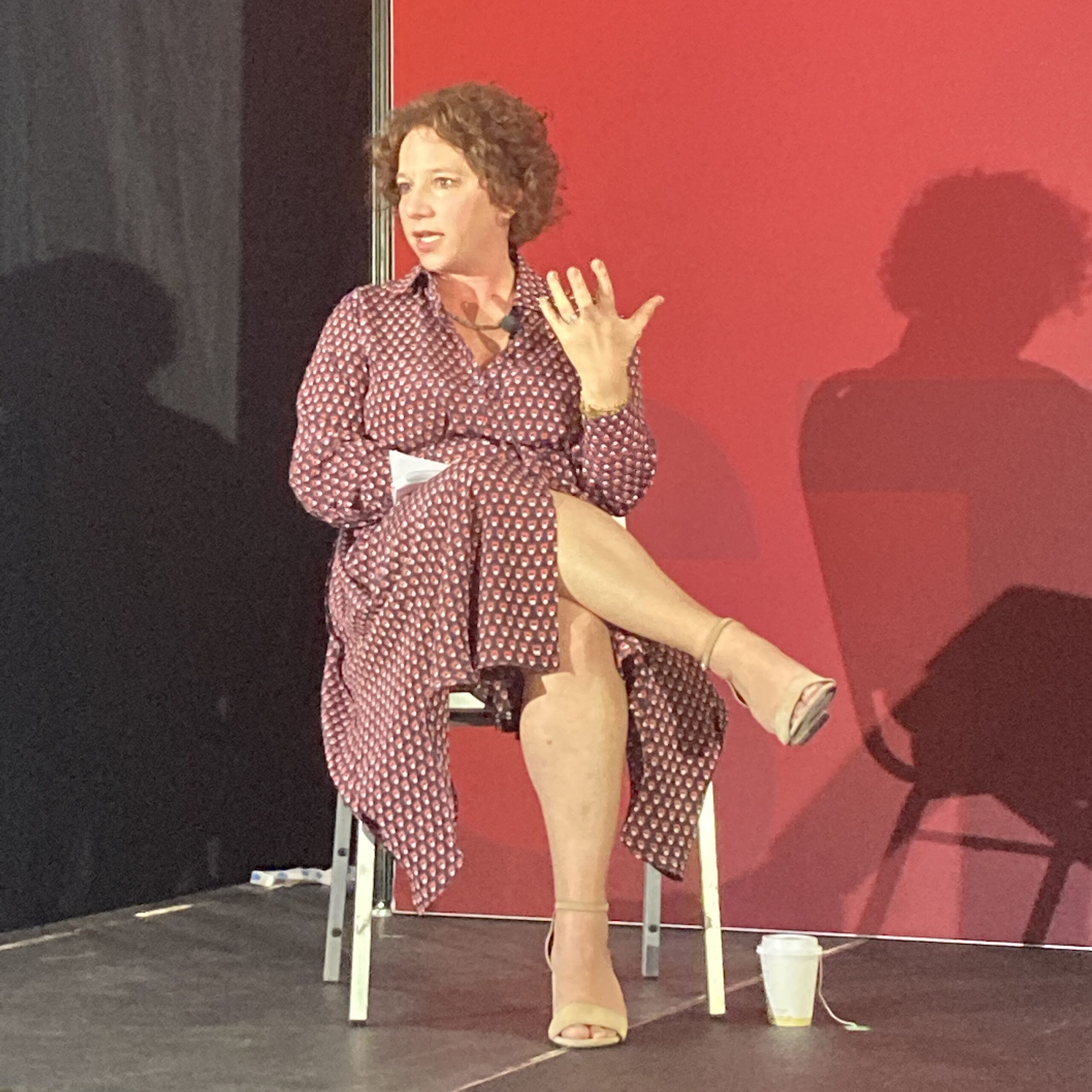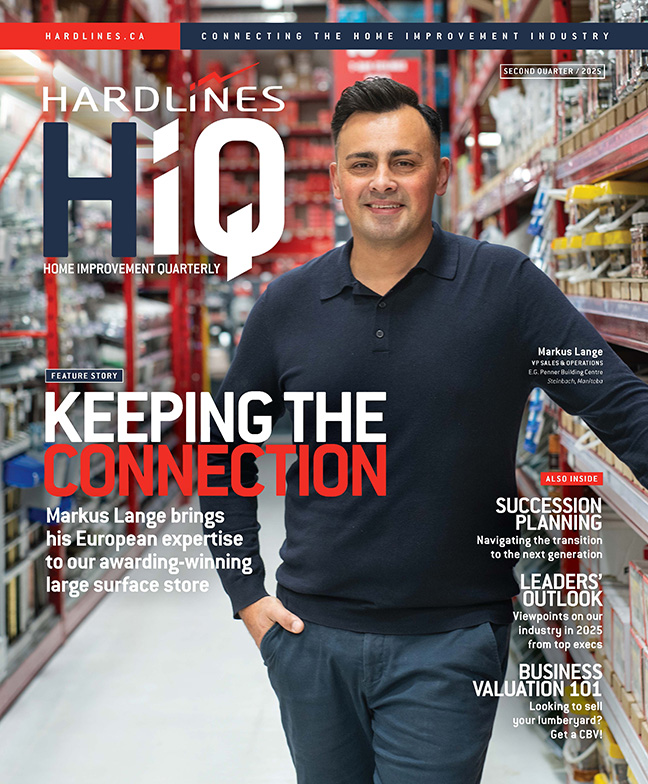 A well-defined and focused brand can not only present value to consumers, it can help guide staff as well. At the latest “Store” convention held by the Retail Council of Canada, Susan O’Brien, chief brand and customer officer for Canadian Tire Corp., talked about how far-reaching the effects of a good brand strategy can be.
A well-defined and focused brand can not only present value to consumers, it can help guide staff as well. At the latest “Store” convention held by the Retail Council of Canada, Susan O’Brien, chief brand and customer officer for Canadian Tire Corp., talked about how far-reaching the effects of a good brand strategy can be.
“Even staff can take pride that’s fostered when they’re involved in your brand,” she told the audience of retail representatives from across the country.
Through COVID, Canadian Tire faced challenges along with the rest of the retail community, but its high profile among Canadians made it more vulnerable to criticism. For example, when its website crashed in the early days of the lockdowns, the news made the newspapers. But despite store closures and efforts to keep its people safe, Canadian Tire found money for COVID response and for investing in local communities.
As for the inward-facing benefits, a strong brand message makes what your company stands for clearer to potential new hires. “Sixty-seven percent of employees expect their company to have a higher purpose,” O’Brien said, citing the results of the “Edelman Trust Barometer.”
“Embracing our brand purpose will transform our entire organization.”
On Nov. 22, 2021, O’Brien and Canadian Tire CEO Greg Hicks presented the new branding to the entire staff: “We are here to make life in Canada better.” The statement requires melding a company’s purpose with the need to make money and grow sales, but together these ideas make a company better, said O’Brien.
“Being there for Canadians isn’t just part of our brand. It is our brand,” she stressed.

 A range of themes was explored at the latest “Store” convention held recently in Toronto by the Retail Council of Canada. Some of them covered the human side of the business. One in particular dealt directly with the taboos of mental health, and how to overcome those taboos in the workplace.
A range of themes was explored at the latest “Store” convention held recently in Toronto by the Retail Council of Canada. Some of them covered the human side of the business. One in particular dealt directly with the taboos of mental health, and how to overcome those taboos in the workplace. Sarah McVanel is the founder of Greatness Magnified, an organization that specializes in providing training programs and certifications for employees at large. She is a recognition expert, professional speaker, coach, author, and creator of F.R.O.G.—Forever Recognize Others’ Greatness. She invigorates companies to earn great people and to see their people as exceptional so that, together, they can create a thriving culture where everyone belongs.
Sarah McVanel is the founder of Greatness Magnified, an organization that specializes in providing training programs and certifications for employees at large. She is a recognition expert, professional speaker, coach, author, and creator of F.R.O.G.—Forever Recognize Others’ Greatness. She invigorates companies to earn great people and to see their people as exceptional so that, together, they can create a thriving culture where everyone belongs.

 his month we talk with Walter Pranke, vice president, human resources at Lee Valley Tools, a chain of tool and gift stores based in Ottawa.
his month we talk with Walter Pranke, vice president, human resources at Lee Valley Tools, a chain of tool and gift stores based in Ottawa. When it comes to hiring, it’s a buyer’s market out there. Where companies once called the shots on how and when a new hire was made, new realities brought on by COVID have left many people looking harder than ever at what a company stands for before choosing to join it.
When it comes to hiring, it’s a buyer’s market out there. Where companies once called the shots on how and when a new hire was made, new realities brought on by COVID have left many people looking harder than ever at what a company stands for before choosing to join it.
